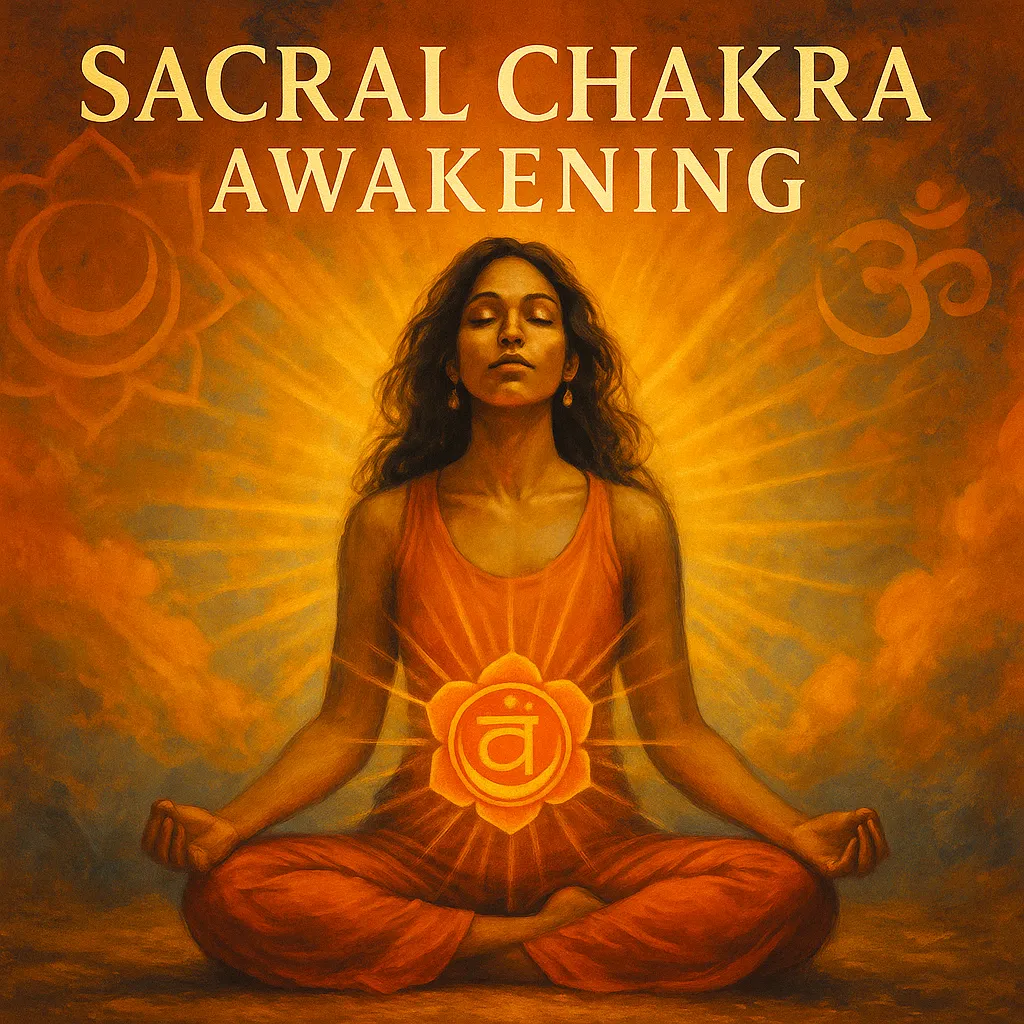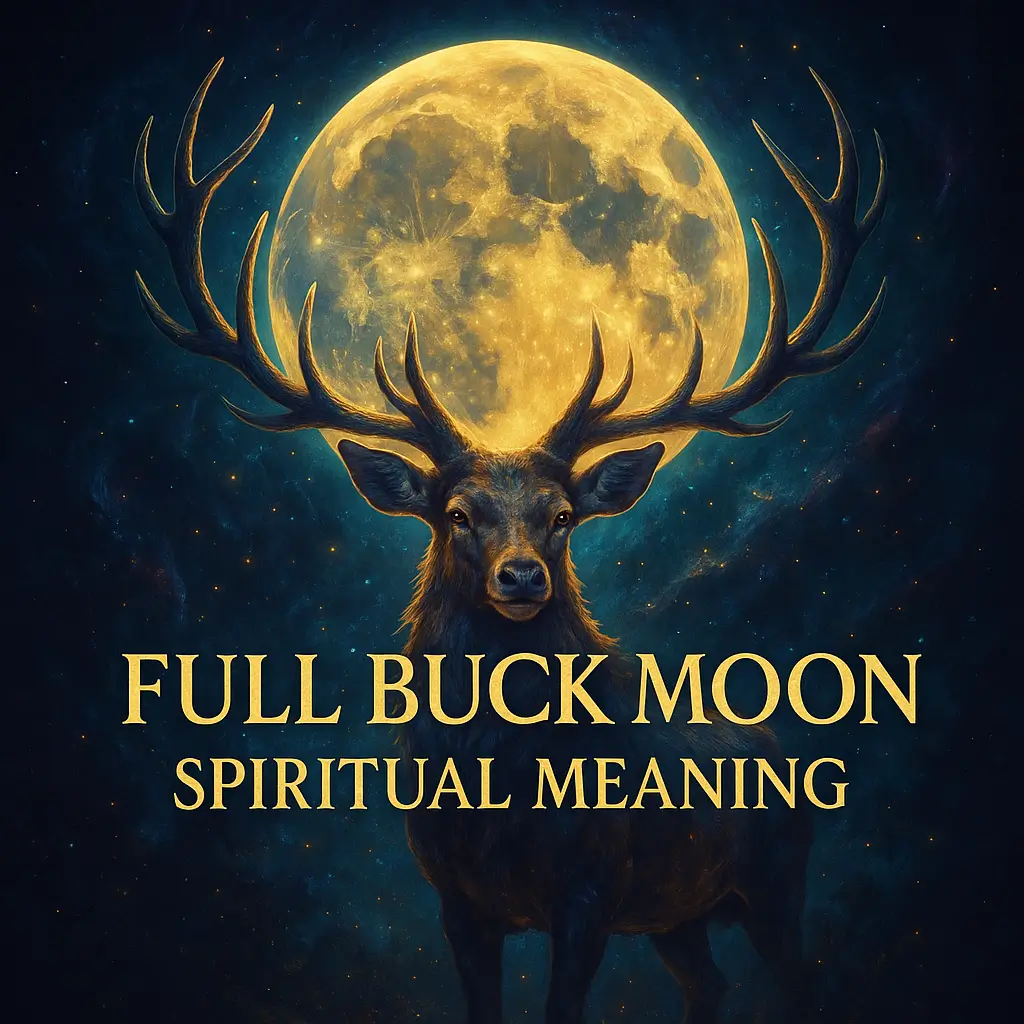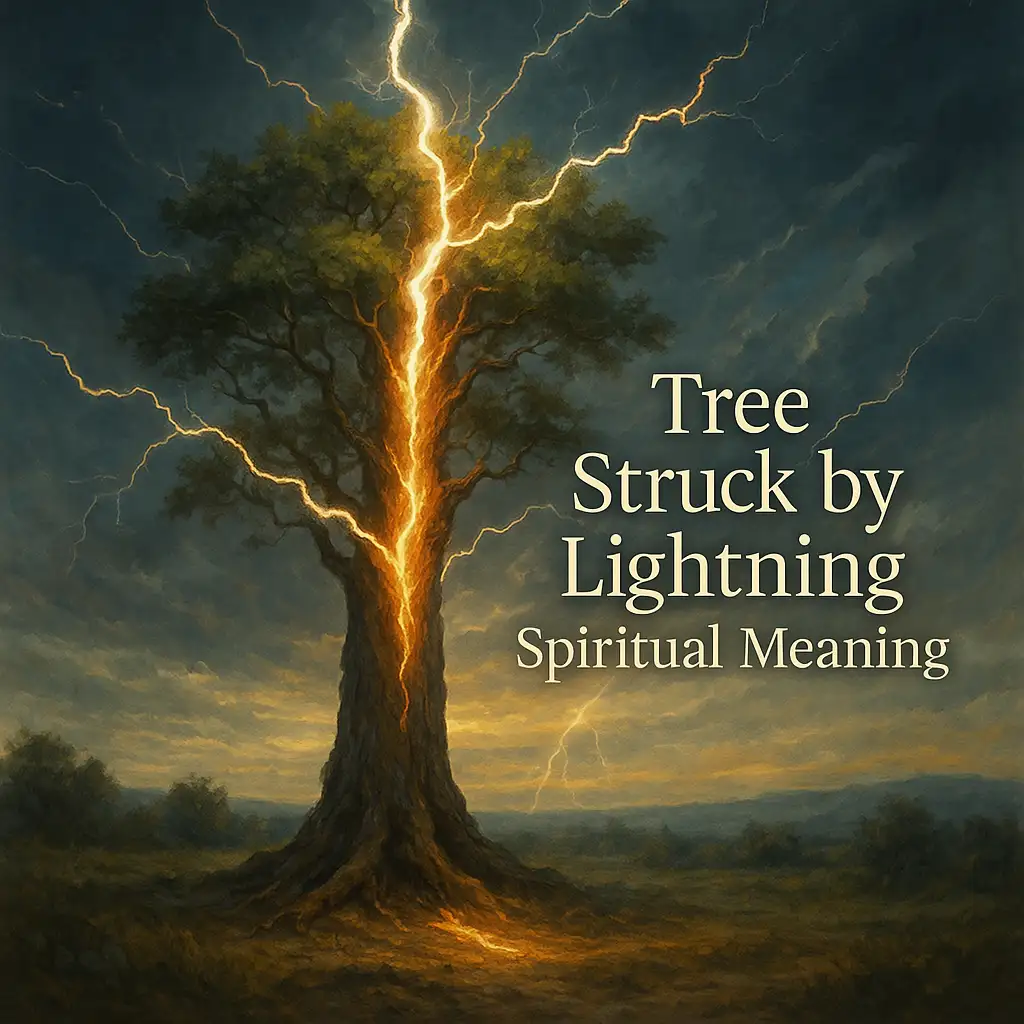Deep within the center of your being lies a sacred gateway—a vibrant portal that connects you to your most authentic creative expression. When this energy center awakens, it can feel like rediscovering a forgotten language of passion, pleasure, and emotional fluidity. The sacral chakra awakening often arrives unexpectedly, bringing waves of inspiration, emotional release, and a renewed zest for life’s sensory delights. As this ancient energy stirs from slumber, you might notice subtle shifts in how you experience joy, creativity, and connection to others.
Understanding these sacral chakra opening experiences can transform what might seem like random changes into meaningful steps on your spiritual journey.
Table of Contents
- 1 Key Takeaways
- 2 The Ancient Origins of Svadhisthana
- 3 Recognizing Sacral Chakra Awakening: 12 Key Symptoms
- 4 Cross-Cultural Perspectives on Sacral Energy
- 5 The Science Behind the Sensation: Modern Research on Energy Centers
- 6 Common Misconceptions About Sacral Awakening
- 7 Practical Guide: 7-Day Sacral Chakra Balancing Practice
- 8 When Sacral Awakening Becomes Overwhelming: Finding Balance
- 9 Tools for Supporting Your Sacral Journey
- 10 FAQ
- 11 Sources
Key Takeaways
- The sacral chakra (Svadhisthana) governs creativity, emotional fluidity, and sensual pleasure
- Physical symptoms of awakening include warmth in the lower abdomen, increased sexual energy, and spontaneous movement
- Emotional manifestations include unexpected joy, emotional release, and heightened sensitivity to others’ feelings
- Sacral awakening often triggers creative breakthroughs and a deeper appreciation for beauty and sensory experiences
- Balance is essential—too much sacral energy can lead to emotional volatility while blockages can suppress creativity and pleasure
The Ancient Origins of Svadhisthana
Long before modern wellness practices embraced chakra healing, the concept of Svadhisthana was taking shape in the ancient spiritual traditions of India. The word itself reveals its profound nature—in Sanskrit, “sva” means one’s own and “adhisthana” means dwelling place or residence, creating a term that literally translates to “one’s own dwelling.” This second energy center of the body was first described in the Upanishads (800-200 BCE), sacred texts that explored the metaphysical nature of existence.
As Tantric practices evolved between the 6th and 14th centuries CE, Svadhisthana gained deeper significance as a center for creative and procreative energy. The early practitioners visualized this chakra as a six-petaled lotus, each petal representing different emotional qualities: affection, playfulness, passion, pleasure, delight, and desire. This symbolic representation acknowledged the sacral chakra’s role in our emotional landscape.
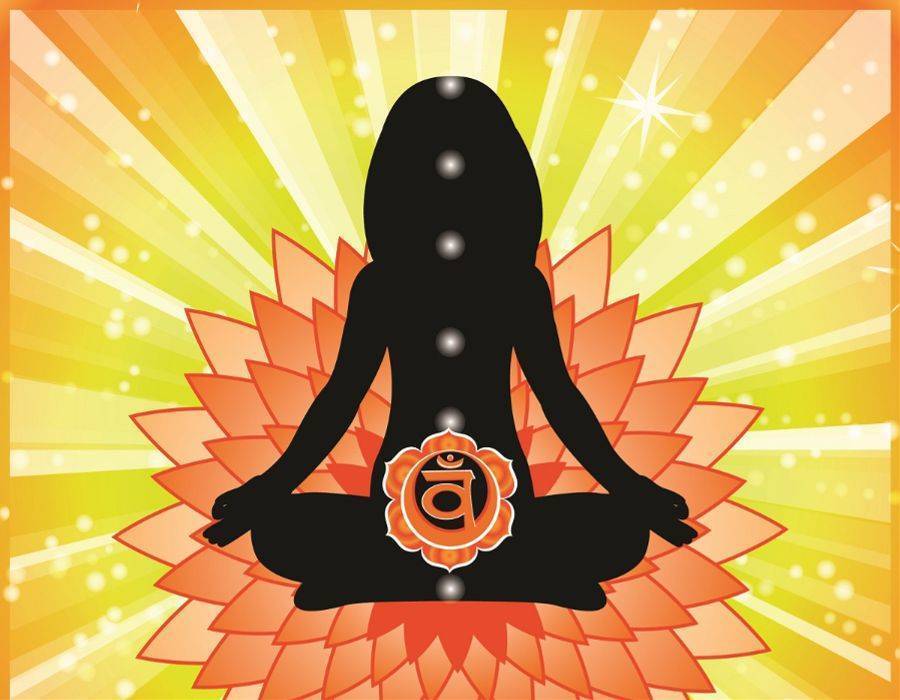
The sacral chakra’s association with the water element wasn’t arbitrary. Ancient wisdom recognized that just as water flows, adapts, and takes the shape of its container, so too does our emotional and creative energy. Water’s qualities—fluidity, depth, and ability to cleanse—all mirror the sacral chakra’s functions in our energetic anatomy. The color orange, vibrant and warm, became connected to this energy center, symbolizing enthusiasm, creativity, and sensual pleasure.
Across different cultures, the pelvic region has been recognized as a source of creative power. In Chinese medicine, the dan tien energy center overlaps with the sacral area, while certain Indigenous traditions honor this region as the seat of human passion and procreative strength. This cross-cultural recognition speaks to a universal understanding of the sacral region’s vital importance in our energetic and emotional lives.
Recognizing Sacral Chakra Awakening: 12 Key Symptoms
When your sacral chakra begins to awaken, the experience can be both subtle and profound. Understanding these signs helps you navigate this transformative process with greater awareness and intention. These symptoms typically manifest in three main categories: physical sensations, emotional shifts, and creative expressions.
Physical Sensations
The body often provides the first clues that sacral energy is stirring. You might experience a pleasant warmth or tingling in your lower abdomen, approximately two inches below your navel. This sensation can range from a gentle pulsing to a more noticeable vibration that comes and goes throughout your day.
Changes in sexual energy are another common sign. You might notice increased vitality or a more harmonious relationship with your sexuality. This isn’t necessarily about increased sexual activity but rather a more balanced approach to physical pleasure and intimacy.
Many people report a spontaneous urge to move their hips or dance when their sacral chakra awakens. Your body might naturally sway to music or seek out fluid movements that release tension in the pelvic area. This physical expression helps the awakening energy find proper channels for expression.
Digestive shifts often accompany sacral awakening as well. As energy patterns change in your lower abdomen, you might notice changes in appetite or digestive function, reflecting the body’s adjustment to the increasing energetic activity in this region.
Emotional Manifestations
Perhaps the most noticeable signs of sacral awakening occur in your emotional life. Unexpected waves of joy or passion might wash over you, seemingly without cause. You might find yourself laughing more freely or feeling suddenly lighthearted about matters that once seemed heavy.
Emotional release is a powerful symptom—many experience crying or laughing without clear cause as the sacral chakra helps process and release stored emotions. This cleansing, though sometimes confusing, serves to clear emotional blockages that have accumulated over time.
Your sensitivity to others’ emotions may heighten dramatically. You might find yourself picking up on the emotional undercurrents in conversations or sensing how others feel before they express it. This empathic quality reflects the sacral chakra’s role in emotional connection and intimacy.
Perhaps most significantly, awakening sacral energy often brings buried emotions to the surface. Feelings you’ve long suppressed might emerge, asking for acknowledgment and integration. While this can be challenging, it’s an essential part of emotional healing and growth.
Creative Expressions
The sacral chakra governs creativity in all its forms, so awakening often triggers artistic inspiration and creative breakthroughs. You might suddenly feel drawn to paint, write, cook, garden, or express yourself in ways that previously didn’t interest you.
A noticeable shift occurs in how you approach creative activities—there’s often a new desire to create without judgment or self-criticism. The creative process becomes more important than the outcome, allowing for freer expression and experimentation.
Many report a heightened appreciation for beauty, color, and sensory experiences. The world might seem more vibrant, with ordinary objects taking on new aesthetic qualities that you hadn’t noticed before. This sensory awakening enhances your capacity for pleasure and presence.
Dream activity often increases during sacral awakening, with more vivid, colorful, or symbolic dreams. Your imagination becomes more active, both in sleep and waking life, reflecting the sacral chakra’s connection to the subconscious mind and creative visualization.
Learn more about the ancient symbols that can enhance your creative awakening
Cross-Cultural Perspectives on Sacral Energy
The concept of sacral energy transcends any single spiritual tradition, appearing in various forms across cultures throughout history. These diverse perspectives offer a richer understanding of how this vital energy center influences our human experience.
Hindu Traditions
In Hindu mythology, the sacral chakra is often associated with Vishnu, the preserver, and particularly with Rakini Shakti, a feminine creative force. The crocodile (makara) serves as the vahana or vehicle for Svadhisthana, representing primal creative power that can move between the depths and the surface—much like our creative impulses.
Tantric practices developed sophisticated methods for channeling sexual energy, viewing it not merely as procreative but as a spiritual catalyst. Through conscious breathing, visualization, and ritual, practitioners learned to transmute sexual energy into higher spiritual awareness—a process that honors the sacral chakra’s potential.
Hindu traditions also connect the sacral chakra to water deities and fertility rituals. Temples dedicated to water goddesses like Ganga (the divine personification of the Ganges River) often featured orange elements and flowing water, symbolizing the connection between the sacral energy and the divine feminine principle.

Buddhist Interpretations
In Tibetan Buddhist practice, the concept of Svabhava (intrinsic nature) relates to the sacral region as a place where desire can be transformed. Rather than rejecting sensual experience, certain Buddhist traditions teach mindful engagement with sensory pleasure as a path to understanding impermanence and non-attachment.
The practice of transforming desire into compassion and wisdom is central to Tantric Buddhism. Practitioners learn to recognize the same energy that manifests as craving or attachment can be consciously redirected toward spiritual awakening and compassionate action.
In Vajrayana traditions, the red lotus imagery associated with the sacral region symbolizes the transformation of passion. The lotus grows from muddy waters yet remains pure—similarly, our raw emotions and desires can be purified through spiritual practice rather than rejected or suppressed.
Western Esoteric Approaches
When the Theosophical Society introduced Eastern chakra systems to Western audiences in the late 19th century, they adapted the understanding of the sacral chakra to emphasize its role in creative manifestation. This interpretation aligned with Western esoteric traditions that valued active creation and manifestation of one’s desires.
Carl Jung’s psychological work, though not directly addressing chakras, provided interesting parallels to sacral energy through his exploration of the creative unconscious. Jung recognized that emotional fluidity and creative expression were essential for psychological integration—a concept that resonates deeply with sacral chakra functions.
Modern holistic healing movements have further developed these cross-cultural understandings, integrating sacred sexuality practices, emotional release techniques, and creative therapies to address sacral imbalances. These approaches honor both the ancient wisdom and contemporary psychological insights about our emotional and creative nature.
Explore powerful symbols for balance that complement sacral awakening
The Science Behind the Sensation: Modern Research on Energy Centers
While traditional spiritual systems have long recognized the sacral chakra, contemporary research offers interesting perspectives that bridge ancient wisdom and modern understanding. Biofield theories suggest that the human body generates subtle electromagnetic fields that can be measured and may correspond to traditional energy centers like the chakras.
A 2018 study published in the International Journal of Subtle Energy and Energy Medicine found that participants practicing chakra meditation experienced a 32% reduction in anxiety symptoms. The research specifically noted that sacral-focused techniques showed significant impact on emotional regulation, suggesting a neurobiological basis for these ancient practices.
Neurologists now recognize the extensive network of neurons in our gut as the “second brain” or enteric nervous system. This neural network, centered in the abdominal region, produces neurotransmitters that affect mood and emotion—coinciding with the traditional location of the sacral chakra. The gut-brain connection may explain why emotional processing often manifests as physical sensations in the lower abdomen.
The endocrine system offers another scientific parallel through the reproductive hormones produced in the sacral region. These hormones don’t just regulate fertility—they influence mood, creativity, and emotional well-being. The hormonal fluctuations associated with reproductive cycles affect neurotransmitter levels, potentially explaining some of the emotional symptoms experienced during sacral awakening.
Integrating ancient wisdom with contemporary understanding doesn’t diminish either perspective but enriches both. The sacral chakra concept provides a holistic framework for understanding the complex interplay between our physical bodies, emotional experiences, and creative expression. Meanwhile, scientific research offers validation and precision that can help us work more effectively with these energies.
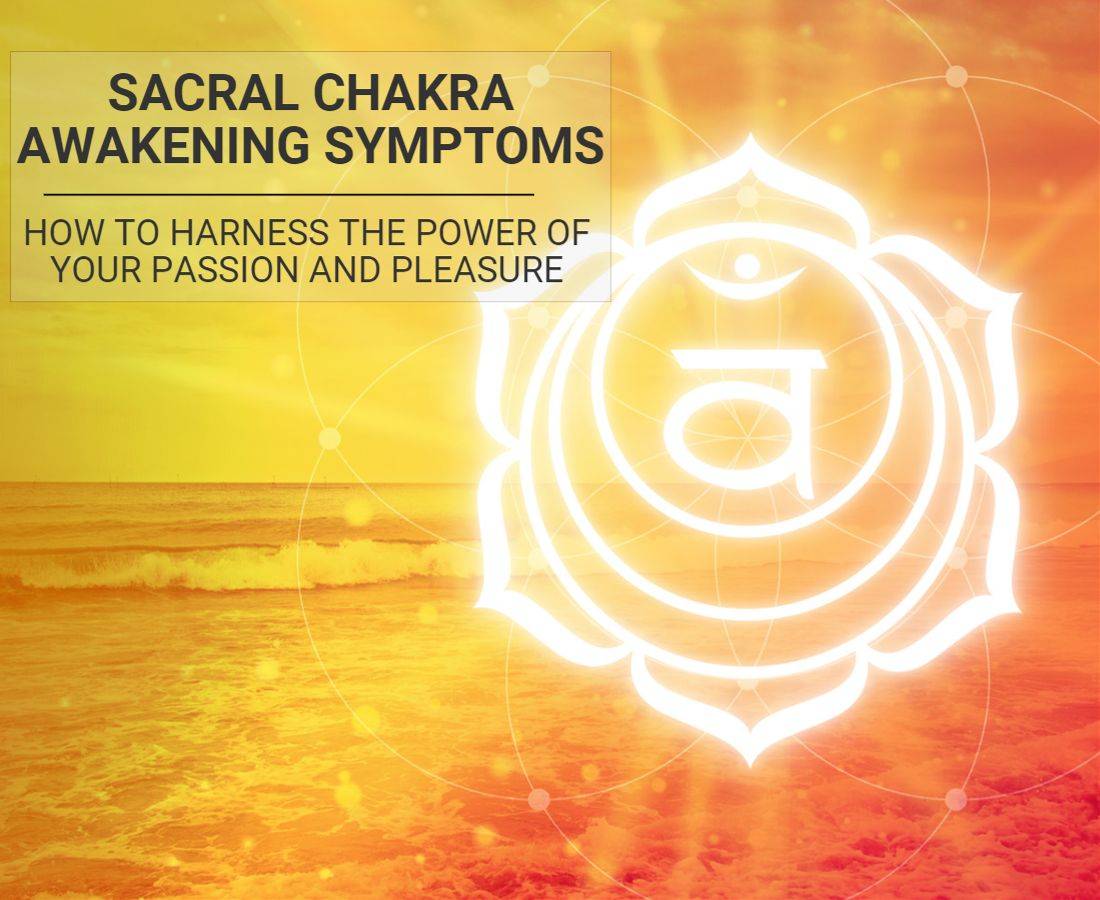
Common Misconceptions About Sacral Awakening
As interest in chakra healing grows, so do misconceptions about what sacral awakening actually entails. Addressing these myths helps create a more accurate understanding of this profound energetic shift.
Perhaps the most persistent myth is that sacral awakening is always a pleasant experience. In reality, while there can be wonderful moments of joy and inspiration, awakening often involves challenging emotional processing. As blocked emotions surface, you might experience temporary discomfort, mood swings, or even periods of sadness as old wounds receive the healing attention they need.
Another common misconception equates heightened sacral energy with increased sexual activity. Though sexual energy may shift during awakening, the essence of sacral activation is about balanced creative expression in all areas of life. Some people might actually experience a period of decreased sexual interest as their energy redirects toward other forms of creativity or emotional healing.
Many believe you need a spiritual teacher to awaken this chakra, but natural life experiences—falling in love, creative breakthroughs, emotional catharsis, childbirth, or even grief—often trigger spontaneous awakening. While guidance can be helpful, your life itself provides many catalysts for sacral opening.
Perhaps the most dangerous myth is that once awakened, the chakra stays permanently balanced. In truth, energy centers require ongoing attention and care. Life stresses, emotional challenges, and physical changes can all affect your sacral balance, making regular practices for maintaining healthy energy flow essential throughout life.
Discover the meanings behind the seven chakra symbols
Practical Guide: 7-Day Sacral Chakra Balancing Practice
Creating balanced sacral energy doesn’t happen overnight, but a dedicated week-long practice can initiate powerful shifts. This seven-day guide offers a structured approach to awakening and balancing your sacral chakra.
Day 1: Assessment
Begin with honest self-reflection through journaling. Ask yourself: How do I express creativity in my life? What’s my relationship with pleasure and joy? Where do I feel emotional blocks? Note physical sensations in your sacral region and current emotional patterns. This baseline awareness helps you recognize subtle shifts as they occur.
Day 2: Movement
The sacral chakra responds powerfully to physical movement. Practice hip-opening yoga poses like Pigeon (Eka Pada Rajakapotasana) and Bound Angle (Baddha Konasana) to release tension in the pelvic area. Follow with 10-15 minutes of free-form dance without choreography or judgment—simply allow your body to move as it wishes, especially focusing on hip and lower abdomen movement.
Day 3: Sound
Sound vibrations can directly stimulate chakra energy. Spend time working with the “VAM” seed mantra (pronounced “vam” with a long “a” sound). Sit comfortably and repeat this sound aloud for 5-10 minutes, feeling the vibration in your lower abdomen. You can also listen to music tuned to the sacral frequency of 417 Hz, which helps clear and activate sacral energy.
Day 4: Visualization
Create a quiet space for this powerful meditation. Visualize a warm, vibrant orange light forming in your lower abdomen, approximately two inches below your navel. As you breathe deeply, see this light growing brighter with each inhale. Allow it to dissolve any emotional blockages it encounters, transforming them into creative energy. Complete the practice by imagining this orange light flowing harmoniously throughout your body.
Day 5: Creative Expression
Dedicate today to creativity without judgment. Choose an artistic medium that calls to you—painting, writing, cooking, singing—and approach it with a spirit of play rather than perfection. The key is to engage in creative flow without self-criticism. Set a timer for 30 minutes and create solely for the joy of the process, not the end result.
Day 6: Water Ritual
Honor the water element associated with the sacral chakra through a cleansing bath ritual. Add orange essential oils like sweet orange or neroli to warm bathwater, along with a cup of sea salt. As you soak, set clear intentions for your emotional and creative life. Visualize the water cleansing your energy field and supporting your sacral awakening.
Day 7: Integration
On the final day, combine elements from the previous practices that resonated most strongly with you. Journal about changes you’ve noticed, both subtle and significant. Create a sustainable plan for ongoing maintenance of your sacral energy—perhaps a weekly dance session, regular creative practice, or continued sound healing. Remember that integration happens gradually, so be patient with the process.
Learn powerful chakra breathing techniques for deeper awakening
When Sacral Awakening Becomes Overwhelming: Finding Balance
Sometimes sacral awakening can feel like too much, too fast. Recognizing when you need to stabilize and balance this energy is crucial for a healthy integration process. Signs of excessive sacral activation include emotional volatility, where you might feel overwhelmed by intense emotions that change rapidly. You might also notice addictive tendencies emerging as you seek more pleasure or excitement—a sign that the energy needs grounding.
Paradoxically, sacral blockage can also occur during the awakening process. Your system might temporarily shut down access to emotions or creativity as a protective mechanism against overwhelming energy. Symptoms include creative blocks, emotional numbness, or a sudden disconnection from your body’s sensations. This protective response usually passes with gentle, patient attention.
Grounding techniques offer immediate help when sacral energy feels too intense. Try placing your bare feet on the earth, working with clay or soil in a garden, or holding black tourmaline or smoky quartz crystals. Slow, deep breathing while visualizing roots growing from your feet into the earth can quickly stabilize overwhelming energy.
Sometimes professional support becomes necessary, particularly if past trauma surfaces during the awakening. Energy healers, therapists familiar with somatic experiencing, or yoga therapists can provide valuable guidance. Look for practitioners who understand both the psychological and energetic aspects of your experience.
Complementary practices focusing on the root chakra can help balance intense sacral energy. Root-strengthening activities like hiking, strength training, or eating root vegetables can provide the stable foundation needed to channel creative and emotional energy constructively.
Discover how balancing your solar plexus chakra complements sacral work
Tools for Supporting Your Sacral Journey
Various tools and practices can support your sacral chakra awakening, making the process smoother and more intentional. Working with specific crystals and gemstones offers subtle energetic support. Carnelian stands out as the primary stone for sacral healing, with its vibrant orange color and warming energy that stimulates creativity and courage. Other helpful stones include orange calcite for emotional healing and sunstone for bringing joy and optimism to the sacral region.
Essential oils work through both their subtle energetic properties and their effect on the limbic brain. Orange essential oil directly resonates with sacral energy, while sandalwood grounds and stabilizes emotional processing. Ylang-ylang supports both emotional release and sensual reconnection, making it particularly valuable during sacral awakening.
Nutrition can support your energetic shifts when you include foods that resonate with sacral energy. Orange fruits like mangoes, oranges, and papayas carry vibrations that harmonize with this chakra. Nuts, particularly almonds and walnuts, provide the healthy fats needed for hormone production in the reproductive system. Warming spices like cinnamon, vanilla, and cardamom can stimulate circulation in the lower abdomen, supporting sacral energy flow.
Your environment influences your energy, so bringing orange elements into your living space can constantly stimulate and support sacral healing. Consider adding orange throw pillows, candles, artwork, or flowers to spaces where you spend time. The color itself can help maintain awareness of your sacral energy throughout daily life.
Specific hand positions, or mudras, direct energy with precision. For sacral balancing, try Shakti mudra: press your ring and little fingers to your palm, touch your thumb to your middle and index fingertips, and hold this position while focusing on your lower abdomen. This mudra helps regulate reproductive energy and balance emotional states associated with the sacral chakra.
Explore powerful mudras designed specifically for sacral awakening
FAQ
What are common sacral chakra opening experiences?
Common sacral chakra opening experiences include warm tingling sensations in the lower abdomen, unexpected emotional releases (crying or laughing), creative inspiration, increased sensitivity to others’ feelings, vibrant dreams, and a heightened appreciation for beauty. You might also notice changes in sexual energy and spontaneous urges to dance or move your hips.
How long does sacral chakra awakening last?
Sacral chakra awakening varies greatly between individuals—it may last days, weeks, or even months. The initial intense phase typically lasts 2-3 weeks, followed by a gentler integration period. Rather than a one-time event, it’s often cyclical, with periods of activation followed by integration throughout your spiritual journey.
Can sacral chakra awakening cause physical discomfort?
Yes, sacral awakening can cause mild physical discomfort including lower back tension, temporary digestive changes, menstrual cycle shifts in women, or sensations of heat or pressure in the lower abdomen. These symptoms are typically transitory as energy pathways clear and expand to accommodate increased flow.
What emotions might surface during sacral chakra opening?
During sacral opening, you might experience unexpected joy, passion, and creative inspiration alongside challenging emotions like grief, anger, or fear that have been suppressed. Emotional volatility is common as buried feelings surface for healing. Many report feeling more emotionally authentic and experiencing richer emotional depth.
